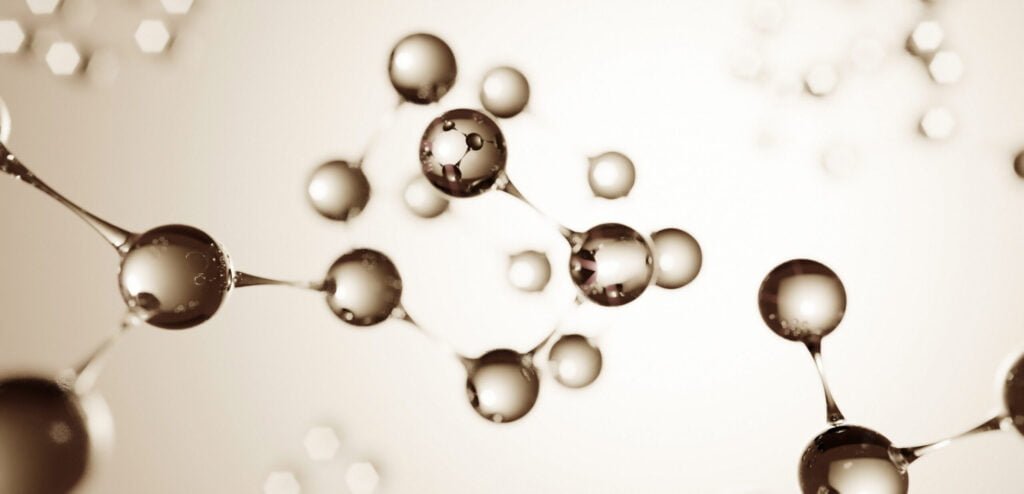Do you want to gain a better understanding of the structure and function of NAD+? NAD+ is a coenzyme found in all living cells and is essential in the transfer of energy to the cells. It is also a critical part of several metabolic pathways, including those involved in aging and DNA repair. In this article, we will discuss the structure and function of NAD+ and its role in cellular processes. Keep reading to learn more!
Understanding NAD and NAD+

NAD+ and NAD are both crucial molecules in maintaining cellular metabolism and energy production. However, they do have some differences that are important to understand. NAD, or nicotinamide adenine dinucleotide, is the basic form of this molecule. It is made up of two nucleotides, nicotinamide, and adenine, all connected by a phosphate group. NAD is involved in a variety of biochemical reactions, including those that produce ATP, the energy currency of cells. In addition, NAD plays a role in DNA repair and other cellular functions. NAD+ (nicotinamide adenine dinucleotide plus) is a more complex molecule that contains an additional molecule called a “cosubstrate”. Specifically, the NAD+ structure has an extra phosphate group attached to the ribose sugar of its adenine nucleotide. This cosubstrate is important for the function of certain enzymes that rely on NAD+ to help catalyze chemical reactions. These enzymes include those that are involved in the breakdown of sugars and fats in cells, as well as those that regulate the circadian rhythm and DNA repair.
NAD+ and How It Functions
The additional cosubstrate in NAD+ is important for the function of certain enzymes that rely on NAD+ to help catalyze chemical reactions. These enzymes include those that are involved in the breakdown of sugars and fats in cells, as well as those that regulate the circadian rhythm and DNA repair. One important thing to note is that cells are constantly recycling and converting these two molecules. For example, when cells are low on energy, they can convert NAD+ into NADH, which is a reduced form of NAD that can be used to produce ATP. However, some research suggests that increasing levels of NAD+ in cells may have a range of beneficial effects, including promoting longevity, stimulating the immune system, and reducing inflammation. This is why some scientists are interested in developing therapies that boost levels of this molecule in the body.
How Your Body Could Benefit From NAD Supplements

As our bodies age, our NAD levels naturally decrease. NAD, or nicotinamide adenine dinucleotide, helps with a variety of essential bodily functions, including DNA repair and energy metabolism. Decreased NAD levels have been linked to age-related diseases, such as Alzheimer’s and Parkinson’s, as well as decreased exercise endurance. NAD supplements have become a popular way to combat this natural decline in NAD levels. When taken as directed, NAD supplements can help improve cellular metabolism, increase endurance and energy levels, and even improve cognitive function. NAD supplements work by converting into NAD+ in the body, replenishing the body’s reserves of this essential coenzyme. In addition to improving overall health and wellness, NAD supplements may also have potential benefits for addiction recovery and anti-aging. While more research is needed to fully understand the benefits of NAD supplements, early studies suggest that they may be a promising addition to many individuals’ health and wellness routines.
Overall, understanding the structure and function of NAD+ is essential for comprehending the metabolic pathways of living organisms and the role that NAD+ plays in the cell’s energy production and storage. Furthermore, it is also important for understanding aging processes and the potential of NAD+ to improve the body’s resistance to injury and disease.











